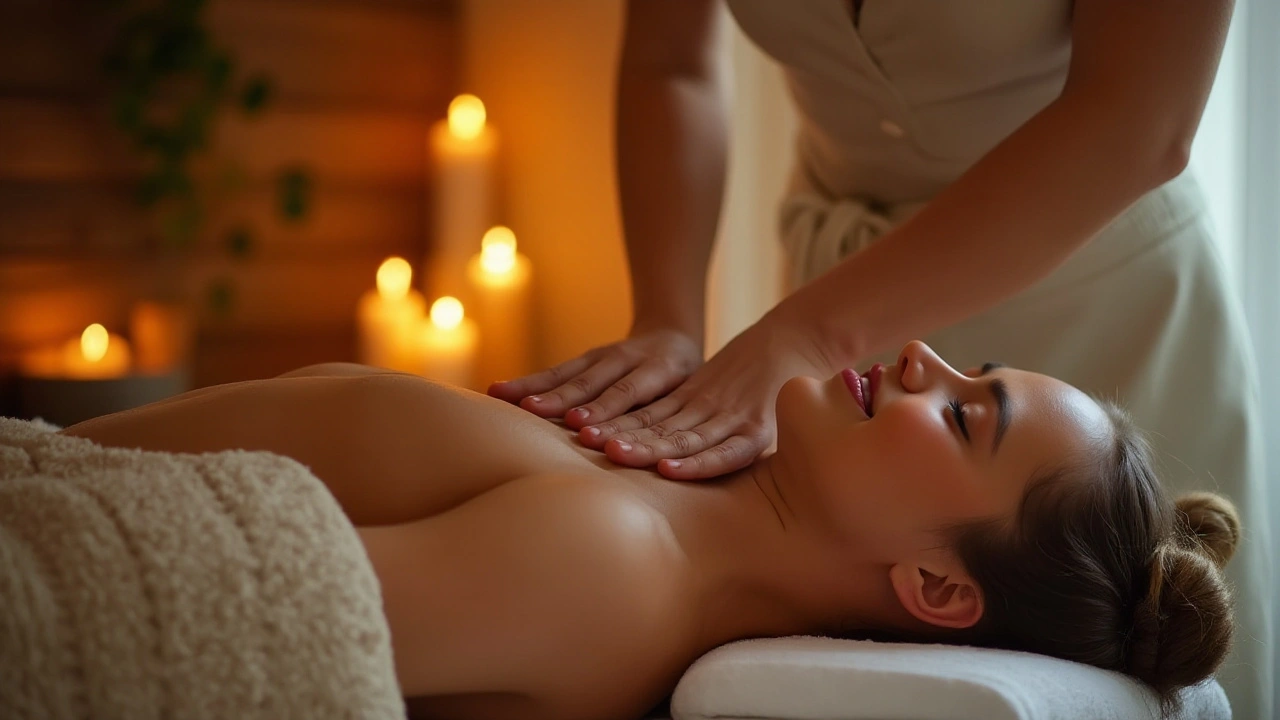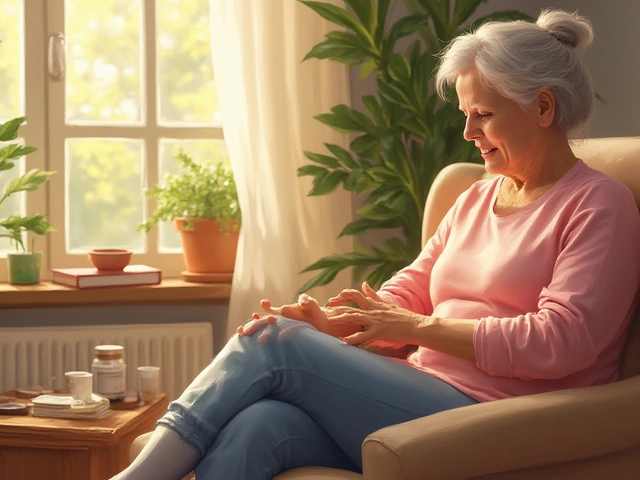Mental Health Benefits: How Massage and Bodywork Help Your Mood
Feeling wired, stuck, or low? Massage and gentle bodywork do more than relax muscles — they change how your brain and body handle stress. Touch can lower cortisol, boost oxytocin, and improve sleep fast. If you want simple, practical ways to feel calmer and clearer, this page points you to therapies and steps that actually work.
Different methods help in different ways. Short, focused techniques like acupressure ease headaches and reduce anxiety in minutes. Warm stone sessions soothe the nervous system and can lift winter blues. Hands-on systems such as Amma or Lomi Lomi work deeper for chronic tension and emotional release. Movement-based practices like Feldenkrais and Hellerwork train your nervous system to move with less pain and less worry.
What to expect from a session
Most sessions start with a quick chat about your stress, sleep, or mood. Expect breathing to slow and muscles to relax within the first 10–20 minutes. For lasting mental health benefits, regular short sessions beat one long session once in a blue moon. Even 30 minutes every two weeks gives noticeable changes in sleep and mood for many people.
Some therapies focus on energy and gentle touch. Polarity therapy resets tension and clears mental fog. Ortho-Bionomy uses tiny movements to teach your body how to calm itself — great when pain and anxiety feed each other. Palliative massage focuses on comfort and presence when someone faces serious illness, easing fear and increasing dignity. These approaches are practical ways to feel safer in your body, which helps the mind follow.
Practical tips you can use today
If you’re not ready for a full session, try acupressure on your own: press the base of the skull for a minute to ease neck tension, or squeeze the webbing between thumb and index finger to reduce stress quickly. Add slow, deep breathing — 4 seconds in, 6 out — and you’ll amplify the effect. After a massage, protect the calm: avoid caffeine, drink water, and sleep an hour earlier if you can.
Picking the right practitioner matters. Ask about training, a simple plan for your goals, and whether they adapt sessions to mood or pain that day. If you have medical issues, mention them up front. Some techniques are gentle and safe for most people; others need medical sign-off.
Want to explore articles that go deeper? Check methods like Feldenkrais for mindful movement, Ortho-Bionomy for gentle healing, or warm stone and Amma for mood and sleep. Each page offers clear steps, what to expect, and quick tips you can try before booking a session.
Start small. One short session or a few acupressure practice minutes can change how you feel this week. Mental health benefits from bodywork build with time — and the reward is simple: less stress, better sleep, and clearer thinking.

Unveiling the Healing Benefits of Medical Massage for Mental Health
Medical massage isn't just for physical aches—its role in enhancing mental health is gaining attention. By promoting relaxation and reducing stress, this hands-on therapy contributes to clearer minds and increased emotional wellbeing. It has been found to help manage symptoms of anxiety and depression, offering a non-invasive support for mental health challenges. With regular sessions, individuals might find themselves not just feeling better physically, but emotionally revitalized as well.
Categories
- Health and Wellness (148)
- Alternative Therapies (86)
- Massage Therapy (40)
- Travel and Culture (15)
- Beauty and Skincare (9)
- Holistic Health (8)
- Health and Fitness (5)
- Spirituality (5)
- Other (2)
- Personal Development (2)



